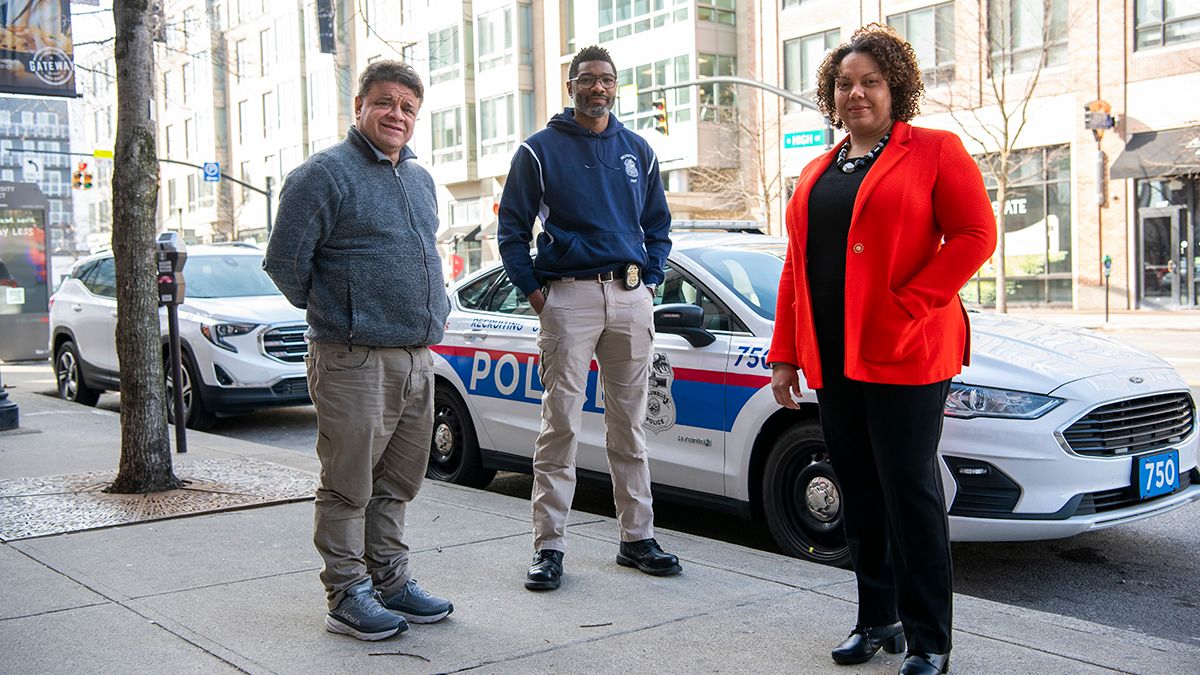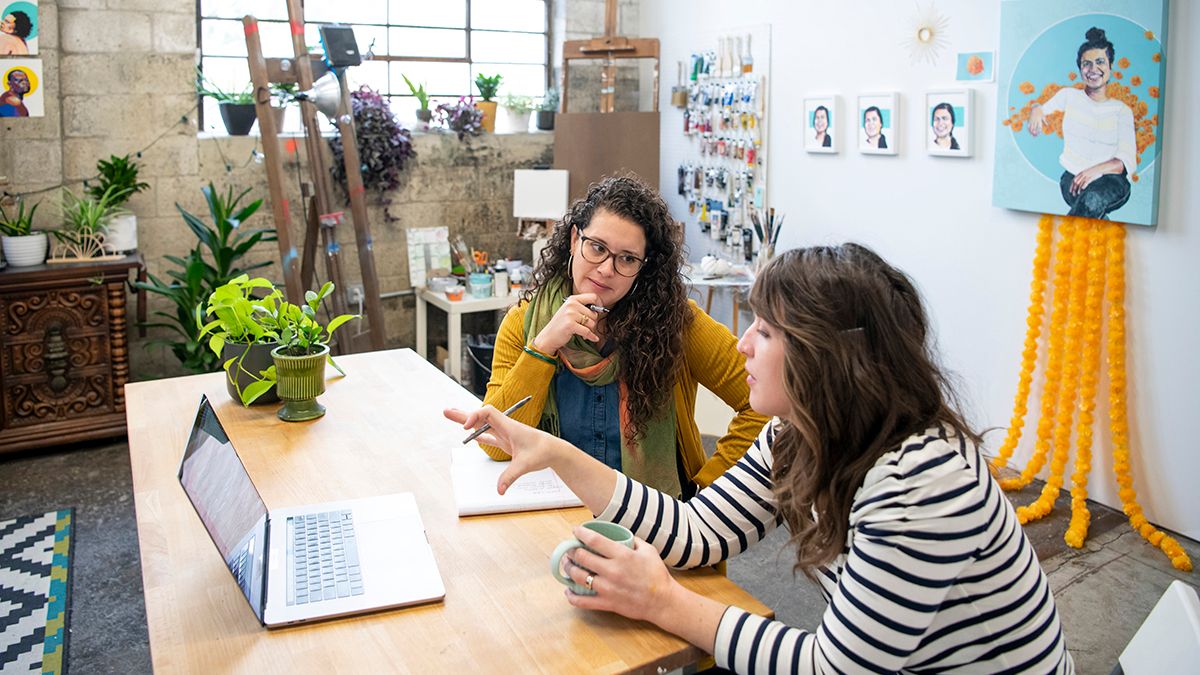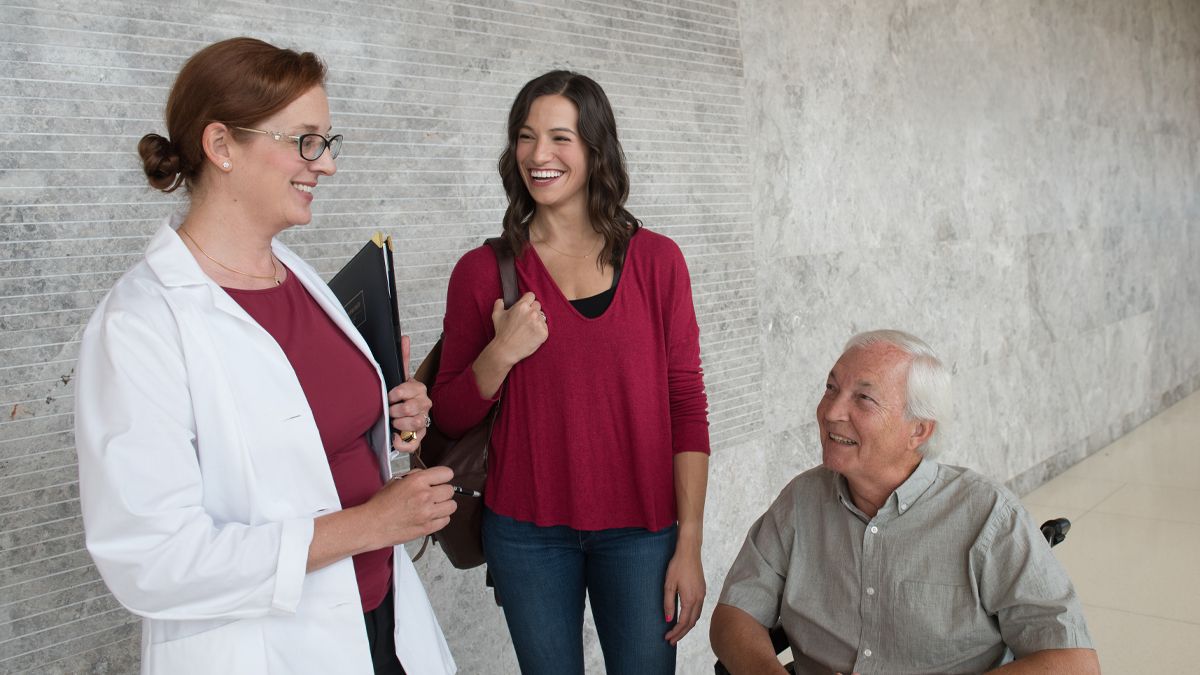When Simone C. Drake sees people getting stuck trying to figure out a longtime societal issue, she looks for a different way in.
“If a problem just persists, it might mean that there’s something wrong with the approach to solving the problem,” says Drake, a Distinguished Professor in the Department of English and former chair of the Department of African American and African Studies.
It’s why her current research — focused on improving relationships between law enforcement and the Black community — is bringing together police officers and community members of different races, legal experts and computer engineers who can create models of human behavior scenarios to assist in training.
Drake’s work is tackling a broad, national issue with a local approach by working on the research together with the Columbus Division of Police.
“It’s a huge partnership for us,” says Wil James, recruiting officer for the Columbus Police.
“It means a lot to us to be able to go to an institution of higher education such as Ohio State, with its resources and tools to properly collect and evaluate data. A lot of times we look at something and think we understand what it means, but now we have other lenses. We’re learning and growing together, and, in that, we’re going to come out better.”
Drake’s open-minded search for solutions is evident in two interdisciplinary research projects she’s leading at Ohio State that address a topic that has embroiled the nation in emotion in the wake of Black citizens, such as George Floyd in 2020, dying at the hands of law enforcement.
“It’s an issue that is just so riddled with antagonism,” Drake says. “Officers and civilians both feel resentful and upset. The communication is not very effective at all, and then most of the work toward resolution is not very well informed, or it’s very much thinking solely from one perspective. It’s very polarized, so it just seems like it won’t go in any positive direction anytime soon if we don’t change the way that we’re approaching it.”
In February, American Arbitration Association's International Centre for Dispute Resolution awarded a $250,000 grant to Drake, Law Professor Katrina Lee and African American and African Studies Professor Judson Jeffries for their project, “Improving Internal Police Negotiation & Communication Tools to Improve Police-Civilian Interaction.” Internal police training will be developed based on data gathered in focus groups and surveys that the team will conduct with current and recently retired Columbus police officers of color.
That grant came eight months after Drake, Lee, Department of Electrical and Computer Engineering Professor Kevin Passino and Professor Hugo Gonzalez Villasanti of the College of Education and Human Ecology were awarded funding in the second round of Ohio State’s Seed Fund for Racial Justice for their project, “Police Interactions with Black Civilians through Racial Sensitivity Training Technology.”
“With a computer, people have a different view and typically don't get so emotional. That's one of the key reasons to take this approach.”
To augment the Columbus Division of Police’s in-person training, Drake and Officer James are coming up with scenarios involving interaction between officers and community members of different races.
Lee and Passino collaborate to bring together elements into a computer program that can be used in training sessions. Lee's expertise in mediation, negotiation and de-escalation helps shape the mathematical models and software coding that Passino and his students deploy.
“If someone gets emotional, they become resistant to the material that they’re supposed to learn,” Passino says. “But with a computer, people have a different view and typically don’t get so emotional. That’s one of the key reasons to take this approach.
“Although some virtual reality work exists, there’s nothing being done in the country like what we’re doing. It’s amazing.”
Drake says the computer is at the heart of this innovative project because the other approaches to training on hot-button topics aren’t as easily addressed or corrected in group settings.
“This is a more neutral way to approach training,” Drake says. “In any of these racial sensitivity kinds of trainings or discussions of implicit bias, people are afraid they’re going to be labeled, and so you don’t get open discussions. The hope is that it removes some of the fear of labeling and kind of creates a sort of safe space where you can engage and work through the issues without anybody else having to witness you making mistakes.”
The project is in its early stages, and a challenge awaits regarding the applicability of this training in the real world, where emotion can’t be eliminated. Still, a new approach could foster change that helps everyone.
“It’s very experimental in the way that I think research is supposed to be,” Drake says.





